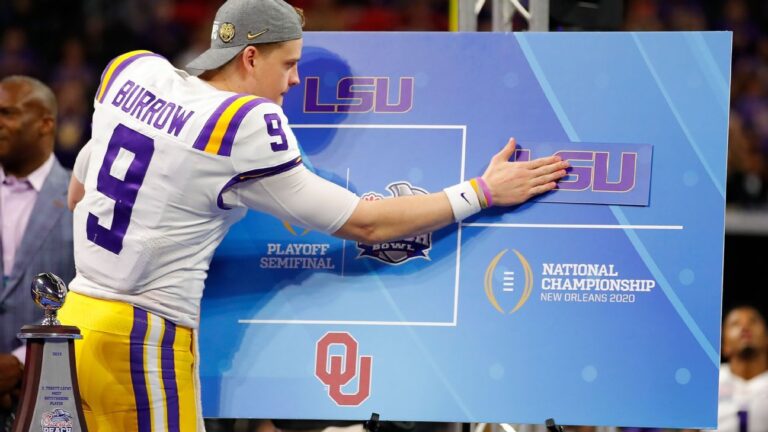During the decade of the four-team College Football Playoff era, we learned two crucial things.
1. It's hard to rank teams.
2. The committee doesn't actually perform better than the BCS method.
The College Football Playoff Committee can select two more teams to join the party, allowing for a little more margin of error than in past BCS games. This margin of error was useful for a significant proportion of his CFP experiments during this decade.
The choices for 2015, 2017, 2018, 2019, 2021, and 2022 were very easy. Things were a little murky in 2016 and 2020, but the choices the committee made were fine. In 2016, the school had to choose between two-loss Big Ten champion Penn State, which lost to a decent Pitt team and had the door blown to Michigan, or one-loss Ohio State, whose only loss was to PSU. did not become. The committee supported the latter. In 2020, instead of a one-loss Texas A&M team that lost to top-seeded Alabama, it was a one-loss Notre Dame team that split two games with CFP participant Clemson. (That didn't take into account Cincinnati, which was undefeated and clearly great that year, but that's another story for another time.)
This is a year where 8 out of 10 years I only made easy decisions or fairly tricky decisions. Still, it's hard to rank teams, even if the weekly ranking process sometimes exposes inconsistencies and contradictions in logic. You will always contradict yourself at some point. The Committee shall obtain permission for the same.
But in 2014 and 2023, the Commission was given a truly complex test. I got a C-minus on my first test and an F on my second.

